Conditions
- Fractures of the Tibia
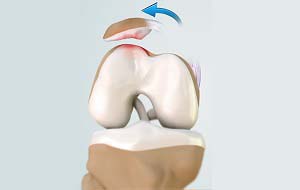
Fractures of the tibia vary depending on the force involved and are classified based on the location of the fracture, the pattern of the fracture, and exposure of the fracture site.
Know More - Knee Injury

Pain, swelling, and stiffness are the common symptoms of any damage or injury to the knee. If care is not taken during the initial phases of injury, it may lead to joint damage, which may end up destroying your knee.
Know More - Unstable Knee
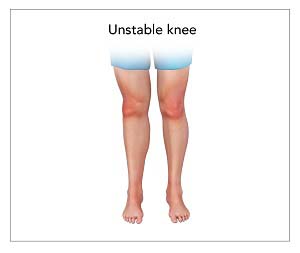
The knee joint is one of the largest joints in the body. This highly complex joint has several tissues supporting and stabilizing its movement...
Know More - ACL Tears
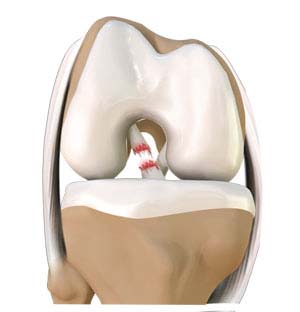
The anterior cruciate ligament (ACL) is one of the major ligaments of the knee. It is located in the middle of the knee and runs from the femur (thighbone) to the tibia (shinbone). The ACL prevents the tibia from sliding out in front of the femur.
Know More - MCL Tears
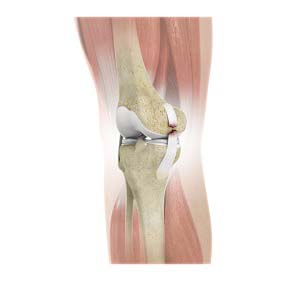
The medial collateral ligament (MCL) is the ligament located on the inner part of the knee joint. It runs from the femur (thighbone) to the top of the tibia (shinbone) and helps in stabilizing the knee.
Know More - Meniscal Injuries

Meniscal tears are among the commonest injuries to the knee joint. It can occur at any age but are more common in athletes involved in contact sports. The meniscus has no direct blood supply and for that reason, when there is an injury to the meniscus, healing is difficult.
Know More - Meniscal Tears
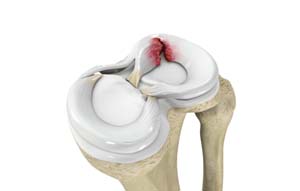
The two wedge-shaped cartilage pieces present between the thighbone and the shinbone are called meniscus. They stabilize the knee joint and act as shock absorbers.
Know More - Ligament Injuries
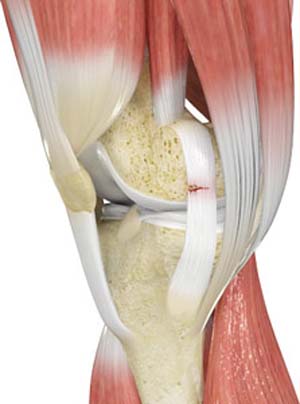
There are two important groups of ligaments that hold the bones of the knee joint together: collateral and cruciate ligaments. The most common types of ligament injuries include ACL tears, MCL tears and PCL tears.
Know More - Knee Arthritis

The joint surface is covered by a smooth articular surface that allows pain-free movement in the joint.
Know More - Patellar Dislocation/Patellofemoral Dislocation
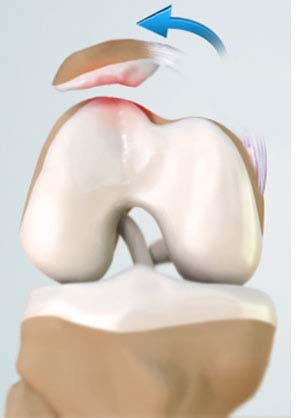
Patellar dislocation occurs when the patella moves out of the patellofemoral groove, (trochlea) onto the bony head of the femur. If the kneecap partially comes out of the groove, it is called subluxation; if the kneecap completely comes out, it is called dislocation (luxation).
Know More - Chondral or Articular Cartilage Defects
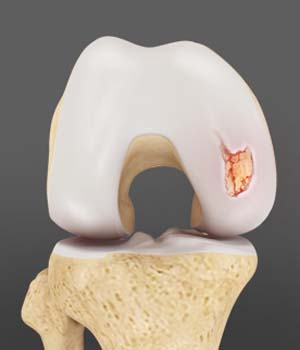
The articular or hyaline cartilage is the tissue lining the surface of the two bones in the knee joint.
Know More - Patellar Instability

Any damage to the supporting ligaments may cause the patella to slip out of the groove either partially (subluxation) or completely (dislocation). Once damaged, these soft structures are unable to keep the patella (kneecap) in position. Repeated subluxation or dislocation makes the knee unstable. This condition is called knee instability.
Know More - Patella Fracture

The undersurface of the kneecap and the lower end of the femur are coated with articular cartilage, which helps in smooth movement of the knee joint. A fracture in the kneecap is rare but common in adult males.
Know More - Knee Fracture

A fracture is a condition in which there is a break in the continuity of the bone. In younger individuals, these fractures are caused by high energy injuries, as from a motor vehicle accident. In older people, the most common cause is a weak and fragile bone.
Know More - Tibial Eminence Fracture
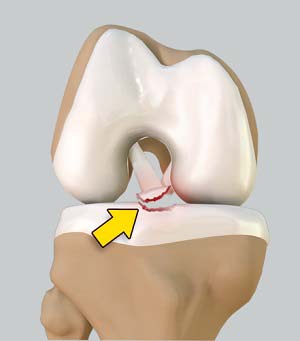
The tibia or shin bone is a major bone of the leg which connects the knee to the ankle.
Know More - Recurrent Patella Dislocation

Patellar dislocation occurs when the kneecap slides out of the trochlea. When dislocation of the patella occurs on more than one occasion, it is referred to as recurrent patellar dislocation.
Know More - Quadriceps Tendon Rupture
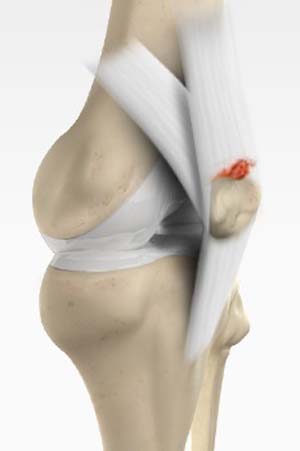
The quadriceps can rupture after a fall, direct blow to the leg and when you land on your leg awkwardly from a jump. Quadriceps tendon rupture most commonly occurs in middle-aged people who participate in sports that involve jumping and running.
Know More - Patellar Tendon Rupture
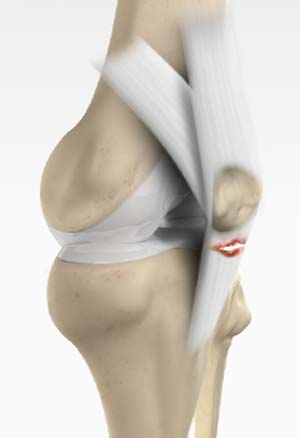
Patella tendon rupture is the rupture of the tendon that connects the patella (kneecap) to the top portion of the tibia (shinbone). The patellar tendon works together with the quadriceps muscle and the quadriceps tendon to allow your knee to straighten out.
Know More - Lateral Meniscus Syndrome
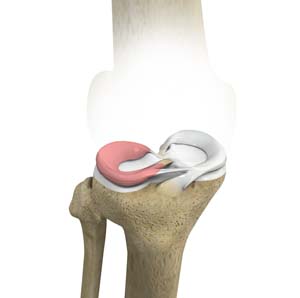
Lateral meniscus syndrome is characterized by an injury caused by the tearing of the cartilage tissue or a rare case of a congenital abnormality called a discoid meniscus, which results in knee pain.
Know More - Loose Bodies in the Knee
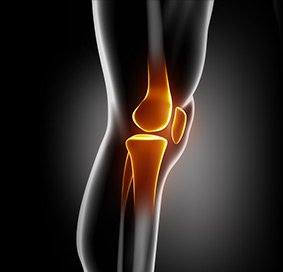
Loose bodies are fragments of detached cartilage or bone inside the knee joint. These fragments may be free floating (unstable) or may be trapped (stable) within the joint. Depending on the severity, you may have one or more loose bodies in your knee joint.
Know More - Knee Osteoarthritis

Osteoarthritis also called degenerative joint disease, is the most common form of arthritis.
Know More - Knee Sports Injuries

Trauma is any injury caused during physical activity, motor vehicle accidents, electric shock, or other activities.
Know More - Articular Cartilage Injury

Articular or hyaline cartilage is the tissue lining the surface of the two bones in the knee joint. Cartilage helps the bones move smoothly against each other and can withstand the weight of the body during activities such as running and jumping.
Know More - Quadriceps Tendon Repair

Quadriceps tendon is a thick tissue located at the top of the kneecap.
Know More - Women and ACL Injuries

The anterior cruciate ligament is one of the four major ligaments of the knee that connects the femur (thigh bone) to the tibia (shin bone) and helps stabilize the knee joint.
Know More - Medial Meniscus Syndrome
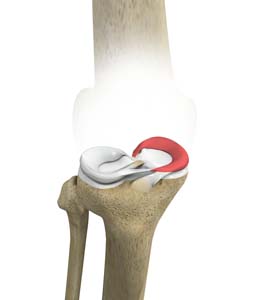
Of the menisci within the knee, it is the medial that is more easily injured.
Know More

